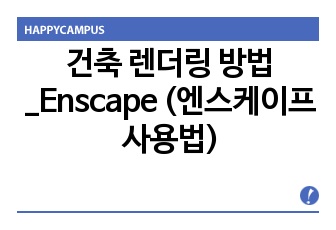수업현장에서의 컴퓨터 코오스웨어 활용 방안에 대한 연구
* 본 문서는 배포용으로 복사 및 편집이 불가합니다.
서지정보
ㆍ발행기관 : 한국교육학회
ㆍ수록지정보 : 교육학연구 / 27권 / 1호
ㆍ저자명 : 오현아
ㆍ저자명 : 오현아
목차
Ⅰ. 서언Ⅱ. 교수-학습 구조에 대한 이론적 고찰
Ⅲ. 선행연구들과 문제점
Ⅳ. 협동학습 모델과 CAI 코오스웨어 활용 방안
Ⅴ. 요약 및 제언
參考文獻
영어 초록
The major purpose of this paper was to develop cooperative learning models with CAI programs. Most CAI (Computer-Assisted Instruction) programs have been developed for individualize" instruction. So far, CAI is considered as one of the most efficient methods for individualized instruction. Thus, the individual use of computer has been a traditional concept which has not been questioned often.However, many studies showed that cooperative learning with computer is more effective than individual learning with computer on student's accomplishment in affective domain. On student's achievement in cognitive domain, most studies reported that cooperative learning with computer is as effective as individual learning with computer. Furthermore, considering absolute lack of computer facilities in our schools today, the individual use of computer is almost impossible for the time being. Therefore, there was a need to research cooperative learning methods with computer CAI programs.
To help understand cooperative learning structures, general instructional structures were clarified first. There are two primary components in classroom structures: task structure and reward structure. Task structure refers to the way in which students are organized, while reward structure refers to the way in which students are evaluated. The task structures are divided into two categories: individualistic and cooperative task structures. The reward structures are divided into three categories: individual reward, competitive, and cooperative incentive structures. Each structure is subdivided into more specific categories.
Then previous studies were reviewed and it could be concluded that cooperative learning with computer is as effective as individual learning on student's achievement while the former is more effective than the latter on student's attitude and socializing skill through a great deal of verbal interaction within cooperative learning group.
Hower, the results of the previous studies were not consistent. Thus, they were analyzed and three major problems were identified as follows: 1) The studies were done without thorough understanding of instructional structures. : 2) Since no specific cooperative learning models with computer were developed, previous studies vary in utilizing cooperative models, subject matters, age level, learning objectives, and learning tasks, etc. : 3) There has been lack of basic researches to utilize cooperative learning techniques with computers, for example, research on optimal group size for a computer. Since computer is a relatively new hardware, there should be more basic researches for using computer in cooperative environment
As a main part of this paper, six cooperative learning models were discussed with their practical applications for CAI programs. Six models were selected because they have been the most extensively researched and widely used cooperative instructional models in the United States and Israel. Based on these models, their specific application models were developed in detail for the different kinds of CAI programs. For example, a Jigsaw cooperative learning model was applied for utilizing CAI tutorial programs, a ST AD model for CAI drill and practice programs, a TGT model for the combination of drill and practice plus instructional game programs, a TAI model for CAI individualized programs, and a Group Investigation model and a Learning Together model for CAI problem-solving simulation programs.
Finally, several recommendations were made as to the important elements to design and develop CAI programs for cooperative learning. High quality courseware for cooperative learning should be developed. Furgher, more basic researches are needed in the area of cooperative learning with computers in general. Also, specific cooperative learning techniques need to be developed and researched considering such variables as different kinds of CAI programs, developmental level, learning tasks, learning objectives, and cognitive ability, etc.


























